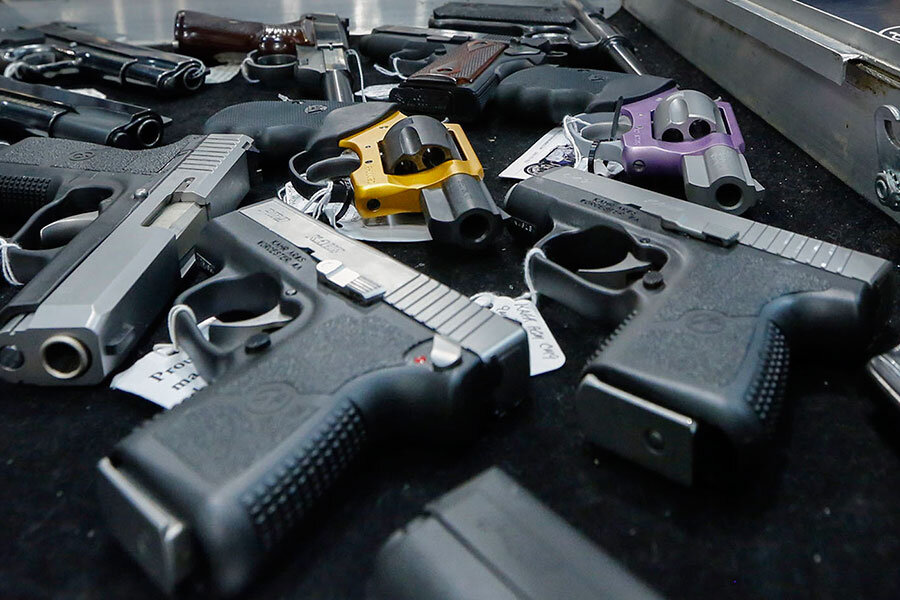Accidental child shootings grossly underestimated: Any policy solutions?
Loading...
Children were killed by accidental shootings at a rate of one every-other-day in the first six months of this year, far higher than federal estimates suggested, a media investigation has found.
In America’s highly politicized gun-control debate, proposed solutions to the problem are likely to be hotly contested, but some legislation tried at the state level could offer a path forward.
A joint Associated Press, USA TODAY analysis of data from the Gun Violence Archive found that, between Jan. 1, 2014 and June 30, 2016, 1,000 children, ranging from toddlers to teenagers, were involved in accidental shootings that resulted in the death or injury of themselves, other children, or adults.
The report included detailed examples of how toddlers mistakenly killed themselves with firearms that were insufficiently secured in family homes. It found such incidents were particularly high among three-year-olds: nearly 90 were killed or injured during that period. Numbers spiked again among 15 to 17-year-olds, who normally survived when they shot themselves but usually died when shot by another.
The most up-to-date data from the US Centers for Disease Control and Prevention included just 74 minors' deaths from accidental discharges of firearms in 2014.
"The extent of the problem is a little bit shocking. The extent of the undercount is a little bit shocking," said Lindsay Nichols, an attorney at the Law Center to Prevent Gun Violence, based in San Francisco. "A lot of it provides further evidence that this is such a horrible pattern that continues and that more action is needed."
The new findings, which relied on non-partisan data, open up a new front in the nation’s fiercely contested gun control debate. In an era when even the federal government’s right to collect data on gun violence has become a political battleground, the problem of children accidentally shooting themselves does not lend itself to an easy fix. This is in part because lax gun storage is hard to measure, experts say. However, the fact that two-thirds of Americans support the criminal prosecution of adults who lapse on gun safety that endangers children may offer a sliver of common ground for addressing the problem with policy.
Some gun safety advocates hope that such a policy might resemble so-called Child Access Prevention laws, already enacted in 24 states. One study of Florida’s law suggested that, if more widely adopted, such polices could save lives.
However, heavy lobbying from gun lobbyists like the NRA has hampered the expansion of these existing laws, and attempts to pass new bills in states like Missouri and Tennessee have failed.
Among the states with the highest per-capita accidental shootings involving children are Alabama, Louisiana, Mississippi, Tennessee, and Georgia.
During the two-and-a-half year period analyzed in the investigation, 320 children age 17 and under and more than 30 adults were killed in accidental shootings involving minors. Just under 700 other children and 78 adults were injured.
This report contains material from the Associated Press.








